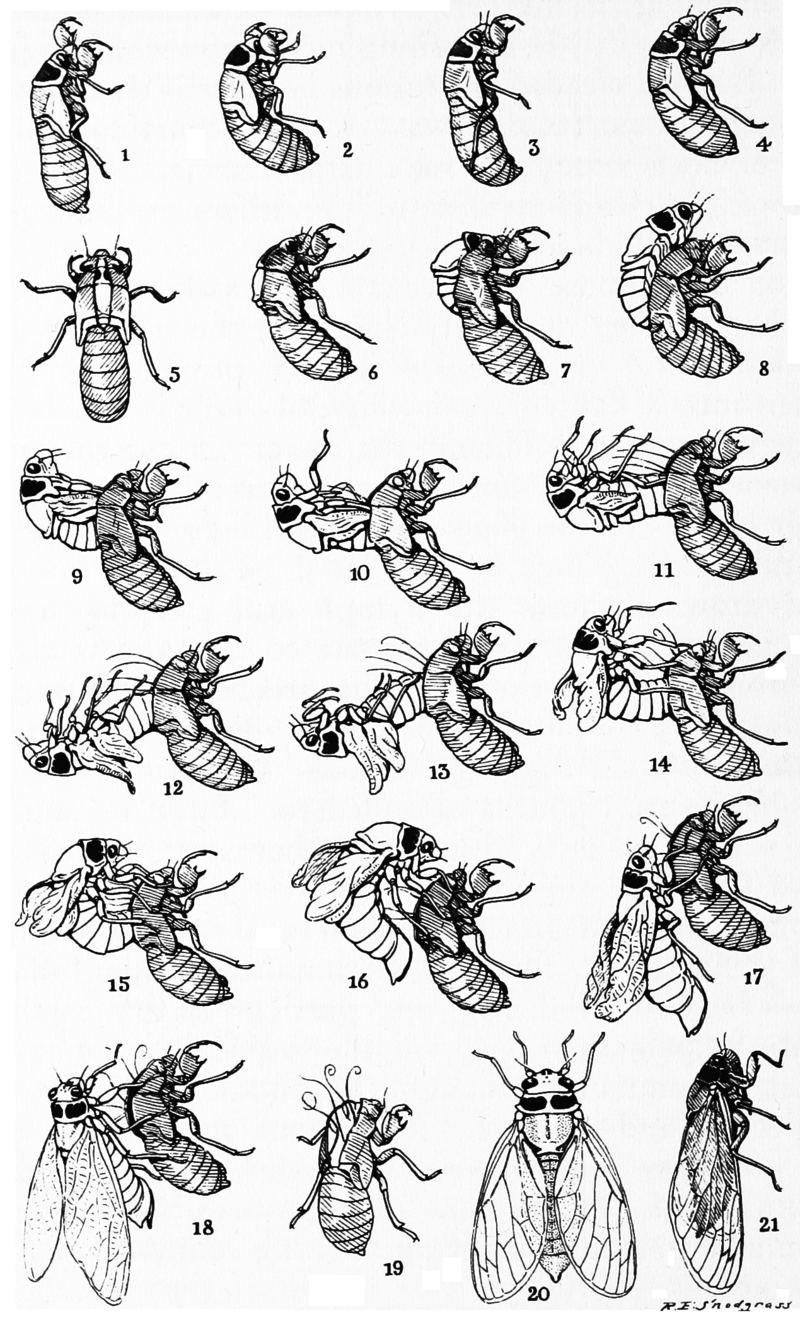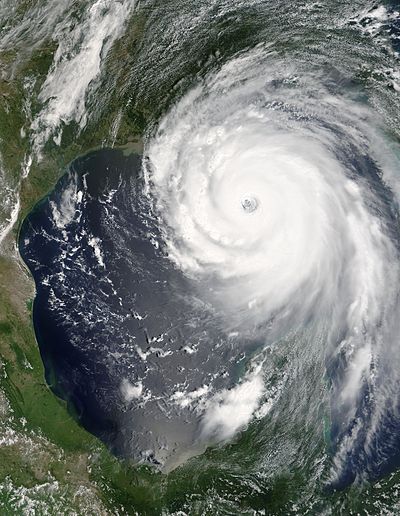From ecoRI News (ecori.org)
MIT Prof. John Sterman recently visited Brown University to engage students and the public with interactive climate modeling. (Nicholas Boke/ecoRI News)
PROVIDENCE — “Climate is a complicated, noisy problem,” John Sterman told an audience of the climatologically inclined at Brown University’s Watson Institute for International and Public Affairs on May 1.
“Climate change is real,” he continued. “The problem is that the costs are deferred to the future.”
But the worst part, he explained, is that as soon as any climate expert anywhere projects yet another graphic of the rise of atmospheric carbon dioxide onto a screen, then superimposes the parallel rise in the Earth’s temperature, “most talks on climate go off the rails.
“We start off saying, ‘Lemme tell you the facts,’ because we know that science needs to show the evidence, about which there’s no credible doubt any more. But the public’s not there yet. And we’ve got research that shows just providing information doesn’t work.”
At which point, Sterman projected a photo of an audience dozing contentedly through a presentation on climate change.
Sterman, an MIT professor of management, and his colleagues believe that they’ve found a way around this public-awareness Catch-22: an interactive online world climate simulation called the Climate Rapid Overview and Decision Support (C-ROADS), which allows visitors to see what happens to temperature increase, sea-level rise and related impacts when countries make various decisions about carbon dioxide emissions.
So twice Sterman took audiences through the C-ROADS process. The first time was during the hour he spent with the general public at an event sponsored by the Institute at Brown for Environment & Society. The second, a three-hour event, was with several dozen students in Eric Patashnick’s system dynamics class.
The principle is simple. Participants run three-dimensional climate models on their laptops, plugging in “decisions” and watching the impact on global temperature rise.
This interactive Web site is well beyond beta-testing. It’s been used by participants in the 2014 China-U.S. negotiations on climate change, at the 2016 Paris meeting at which the latest U.N. climate accords were agreed upon, and at more than 800 events in 76 countries involving more than 40,000 participants.
Participant then-Secretary of State John Kerry effused, “I have to tell you, it works … I used it,” and the Dalai Lama, who has also engaged in the process, promised, “I will join you, shouting!”
Explaining that “If [Secretary of State] Pompeo wants to get serious and fill the seat of the special envoy on climate change, I’ll run him through it,” Sterman said.
The process
At Brown University earlier this month, Sterman ran both groups through the process.
With the general audience he flashed the C-ROADS page on the screen. It offered graphs showing carbon dioxide emissions by group and temperature increase by year, 2000-2100. Below was a chart on which each group could project decisions they would make: the peak-emissions year, the year CO2 emissions would begin to decline and by what annual reduction rate, the amount of deforestation allowed, and the amount of “afforestation” — replacement of forests — that would be targeted.
When decisions made by each group — the United States, the European Union, China and developing nations — were entered into the system, the program would alter the slopes on the graphs and calculate the amount by which the currently projected 2100 temperature rise of 4.2 degrees Celsius (7.5 Fahrenheit) would be diminished.
“People say they don’t even know what they’re going to do after lunch,” Sterman said. “I ask if they have children, or if they might have children someday. So let’s figure out what you’re going to do after lunch, then figure out what to do about what really matters.”
With the hour-long general public group, he asked individuals to think like Putin or Trump or Xi Jinping, and to make decisions about each topic.
A woman — briefly thinking of herself as German Chancellor Angela Merkel — suggested that the European Union might be willing to cut emissions by 5 percent. Trump has agreed to 2 percent. Putin has said Russia would cut less than the United States. Xi Jinping said China would try for a 1 percent cut by 2035. India and Chile, of course, were reluctant to cut much, given their economic circumstances. The result, after further commitments, would be to bring the temperature rise from 4.2 degrees to 3 degrees.
“So the temperature keeps rising,” Sterman said, “because we’re still emitting and the concentration is still accumulating. It’s like pouring water into the tub at twice the rate it’s draining. We get ocean acidification, which affects the base of the food web, sea levels will rise by 1.8 meters [nearly 6 feet] and we’ll get more superstorms.”
Pictures of the projected impact of this level of sea-level rise on Shanghai and Bangladesh appeared, followed by a discussion of the social and political impacts of climate refugees.
Sterman flashed a picture of how much of Providence would be flooded with a 6-foot rise.
“Don’t think you’re safe at Brown,” he said. “The power plant is under water. At that level, what was once a hundred-year storm will take place every year.”
He and the audience went back and revised their figures, finally bringing the temperature rise down to 2.6 degrees Celsius.
“You can see what a game of Russian roulette this is we’re playing,” Sterman said. “You have to let people go through this process, not just tell them about it, if you want them to pay attention.”
Students give it a try
Later that afternoon, Sterman broke Patashnik’s class into groups of five or six, each of which were to play a role in the simulation: the United States, the European Union, other developed nations, China, India, other developing nations, the U.S. Climate Alliance (14 states and Puerto Rico), the fossil-fuel industry, and climate activists.
They were given a few minutes to plan their strategies, then sent out to negotiate with others.
The India delegation told the U.S. delegation that they couldn’t afford to cut much, but they’d participate more aggressively in the war on terror in exchange for big cuts by the United States and contributions to the global climate fund. The fossil-fuels group was willing to agree with China that reforestation was an effective tool. Africa and other developing nations didn’t feel they had much to bargain with.
The groups reported what they were willing to do, including how much money they would commit to support countries that needed help carrying out their commitments. Sterman entered their numbers into the C-ROADS program.
Once each group had entered its commitments, temperatures would rise by 3.1 degrees by 2100, resulting in a situation not unlike what the morning group had confronted.
“You’ll cross that two-degree threshold at 2050,” Sterman said, “when all of you are still alive and your children may be just about to enter college.”
He sent them back to renegotiate. The groups were eventually able to bring the temperature rise down to 2.3 Celsius by 2100, after China saw that it would lose Shanghai, the United States saw it would lose New Orleans, and that, as Sterman put it, “they realized that there’s no wall high enough to protect the developed world from the consequences.”
The Brown University students thought that the process was generally a productive one, though all acknowledged that real-world negotiations would be much more politically fraught than their efforts had been.
“It certainly put things into perspective,” Byron Lindo, a member of the developing nations group, said, “but everybody here already pretty much agrees about the problem.”
This online interactive program is open and free to all. Sterman said the program is appropriate for high school and up, for business leaders, government officials, and just plain folk.
Nicholas Boke is a freelance writer and international education consultant who lives in Providence.















